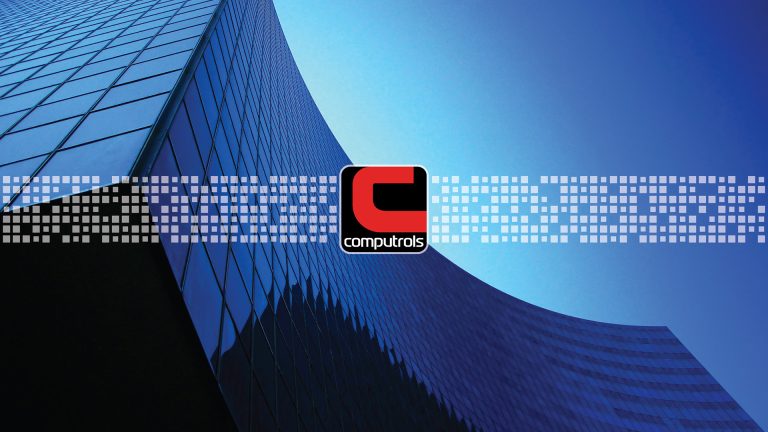
Smart buildings are becoming more common in modern-day society. Being that they are made up of a multitude of internet-connected devices, cybersecurity is of the utmost importance. These devices, if not safeguarded, can pose a highly desirable target for cybercriminals.
What makes these buildings “smart” is that each component is capable of sharing information with every other component and based on its programming, the system is able to make meaningful changes to the built environment. It’s this ability to share information that makes these systems particularly vulnerable. If a hacker is able to access a single device, they may easily find their way through the entire network of devices and eventually the front-end software itself. Furthermore, in scenarios where the building automation system shares a network infrastructure with other systems, access to these other systems may be gained through the building automation system.
This is why many networks in today’s world are segregated, meaning each network in a building exists separately from all of the other networks. While building automation systems are primarily used to automate and control equipment in the built environment, in the hands of cybercriminals, they could create varying levels of issues and/or put sensitive data at risk. The deployment of Ransomware is also a possibility that would make the system inaccessible until an alternative solution is provided or a ransom is paid.
All too often steps to improve cybersecurity are not taken until after a system is compromised. With the number of connected devices set to hit 46 billion by the end of 2021 (Source: Juniper Research), the time to act is now, before something happens.
Provided that you have taken steps to secure your control system, chances are good that your BAS has been built with some level of cyber resilience, however, this doesn’t mean there won’t be future vulnerabilities. Keep your IT team and Intelligent building partners involved in network-related decisions as you continue to add devices, systems, and software to your smart buildings. This gives you the best chance to keep your building and the people in it as safe as possible.




